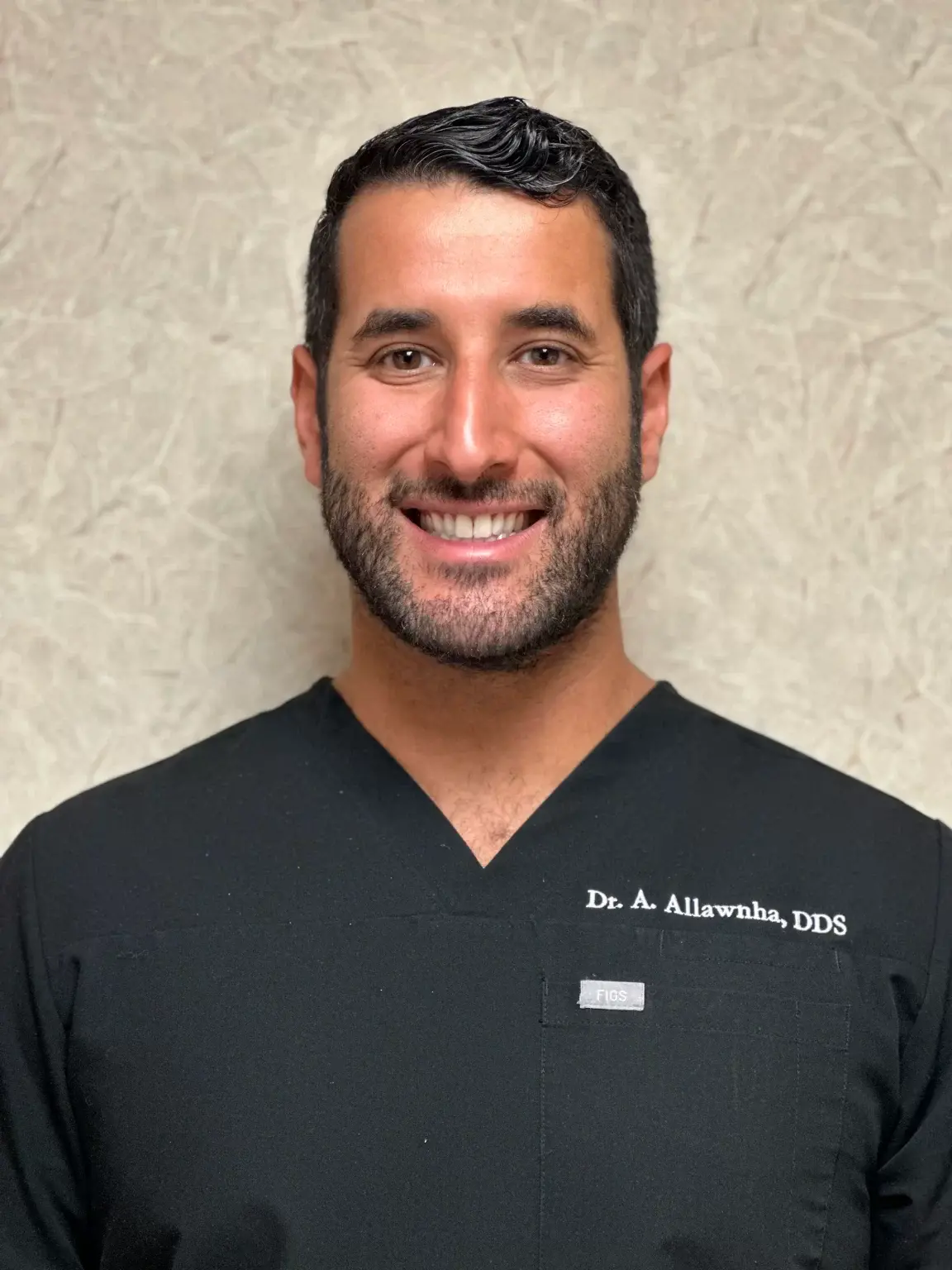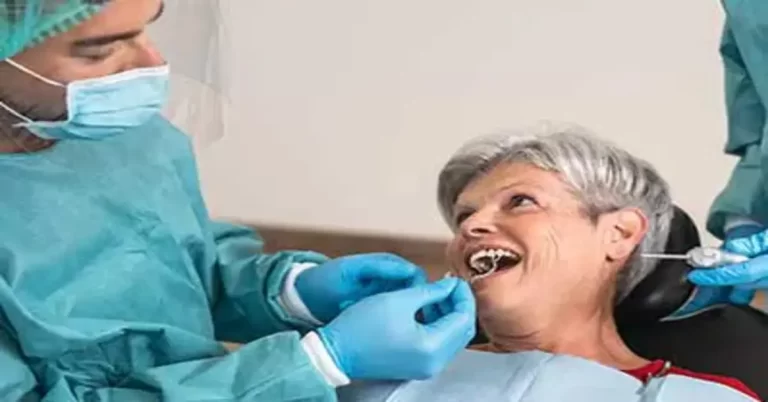Have you ever noticed gray or white patches in your mouth that won’t go away regardless of what you do? It may seem harmless, especially if you don’t feel any pain. But, you might have leukoplakia, a condition that you should be concerned about.
What Is Leukoplakia?
Leukoplakia is a condition where thick white patches form on your gums, the insides of your cheeks, and the bottom of your mouth. Sometimes, dentists might find leukoplakia on the tongue.
Most leukoplakia spots are non-cancerous, but some may show signs of progressing to cancer. Cancers can occur at the bottom of your mouth or near areas with leukoplakia. The presence of white areas mixed with red may indicate the potential for cancer.
Can leukoplakia turn into cancer? Yes, and it is the primary difference between leukoplakia and other causes of white spots in the mouth like thrush and lichen planus.
If you notice any unusual or persistent changes in your teeth, it is best to consult your dentist.
Types of Leukoplakia
There are two types of leukoplakia.
Homogenous Leukoplakia
White and evenly-colored patches primarily identify Homogenous leukoplakia. They also have uniformly smooth or wrinkled surfaces.
Non-homogenous Leukoplakia
Non-homogenous leukoplakia is characterized by irregularly shaped patches, mostly white or red. These patches may also be flat, protruded, or elevated. They are seven times more likely to develop cancerous lesions than homogenous leukoplakia.
Some notable types of non-homogenous leukoplakia are:
-
Proliferative Verrucous Leukoplakia – Also known as florid papillomatosis, proliferative verrucous leukoplakia is an aggressive but rare form of oral leukoplakia. It is strongly linked to the Epstein-Barr virus. Nearly all cases become cancerous at one or more sites. PVL is often diagnosed later in the course of its development because it takes time for it to spread to other sites.
-
Oral Hairy Leukoplakia – Another condition is oral hairy leukoplakia, which occurs when you have the Epstein-Barr virus, which remains in your body for your entire life. Oral hairy leukoplakia occurs in people with weak immune systems, such as HIV/AIDS patients. It looks like white hairy patches with folds usually found on the tongue or anywhere in the mouth. These conditions don’t usually cause cancer, but they are an indication that a patient might have HIV/AIDS.
Symptoms of Leukoplakia
Leukoplakia is not painful, and it may go unnoticed for some time because they don’t cause pain. They also don’t go away on their own.
Research has shown that patches found on the floor of the mouth or under the tongue are more likely to become cancerous. However, not all studies agree that the location of the patches is important, and their size doesn’t have any connection to how probable cancer is.
Leukoplakia may become cancerous if they appear with:
-
Nodules
-
Masses of white or red with a pebbled appearance
-
Ulceration
-
Increased firmness
-
Bleeding
Causes of Leukoplakia
While the exact cause of leukoplakia remains unknown, experts believe it’s caused by chronic irritation from smoking or chewing tobacco. Regular users of smokeless tobacco products often develop leukoplakia on the cheeks where they hold the tobacco in place.
Other causes of chronic irritation include:
-
Sharp, jagged, or broken teeth that rub on the tongue’s surfaces
-
Long-term alcohol use
-
Broken or ill-fitting dentures
Talk to your dentist about the possibility of leukoplakia.
Leukoplakia and Oral Cancer
Oral cancer occurs when a tumor develops in one part of the mouth like the tongue’s surface, inside the cheeks, the roof of the mouth, lips, or gums. They can also form in the salivary glands, the tonsils, and the pharynx, connecting your mouth and windpipe. However, tumors in these areas are less common.
Leukoplakia increases the risk of developing oral cancers, and oral cancers are often found near leukoplakia patches. The patches themselves may show signs of cancer, and oral cancer may still occur even after the patches have resolved. About 3% to 17.5% of patients with leukoplakia will develop squamous cell carcinoma within 15 years.
Fortunately, leukoplakia doesn’t usually progress to cancer; however, some are first found as pre-cancerous conditions that can develop into cancer if not treated properly.
A biopsy can determine if the leukoplakia patches in your mouth are cancerous or pre-cancer cells. Other tests can determine if a biopsy is necessary or where the best site is. It’s a good idea to go for oral cancer screening with your dentists; they are often the first to notice signs of oral cancer, even if they seem harmless.
Treatments for Leukoplakia
The primary goal of leukoplakia treatment is to prevent it from progressing to cancer. However, treatment is difficult and often has mixed results. Treatments can remove some lesions, but they will still return.
Finding leukoplakia in its early stages makes treatment more successful. For many, eating a healthy diet and stopping cigarette smoking or alcohol resolves their leukoplakia patches. If these don’t produce any results, your doctor might recommend:
-
Retinoids – These are Vitamin A-based treatments used to treat acne and skin conditions like psoriasis. They are taken orally, and patients often experience side effects and relapses.
-
Vitamin A or Beta-carotene – Orally taking Vitamin A or beta-carotene helps clear the white spots. However, they will return when you stop taking these supplements.
-
Isotretinoin supplements – Isotretinon supplements are better at preventing cancerous changes than beta-carotene supplements.
-
Surgery – Surgery can remove leukoplakia lesions; however, there is still a chance these lesions may return and develop cancer.
-
Photodynamic therapy – This therapy involves light-activated drugs to treat cancer.
-
Cryotherapy – Lesions are exposed to extreme cold, freezing and destroying them.
-
Electrocauterization – This treatment involves electrically heated needles or another instrument to remove lesions.
Keep your mouth healthy with Century Dental.
Dentists play a crucial role in identifying leukoplakia and other pre-cancerous lesions, so make it a point to visit them every once in a while. Our dentist near Treasure Island, FL performs oral cancer screening services during checkups to keep your mouth healthy. Call (727) 367 3313 to schedule an appointment or for more information on our services.





